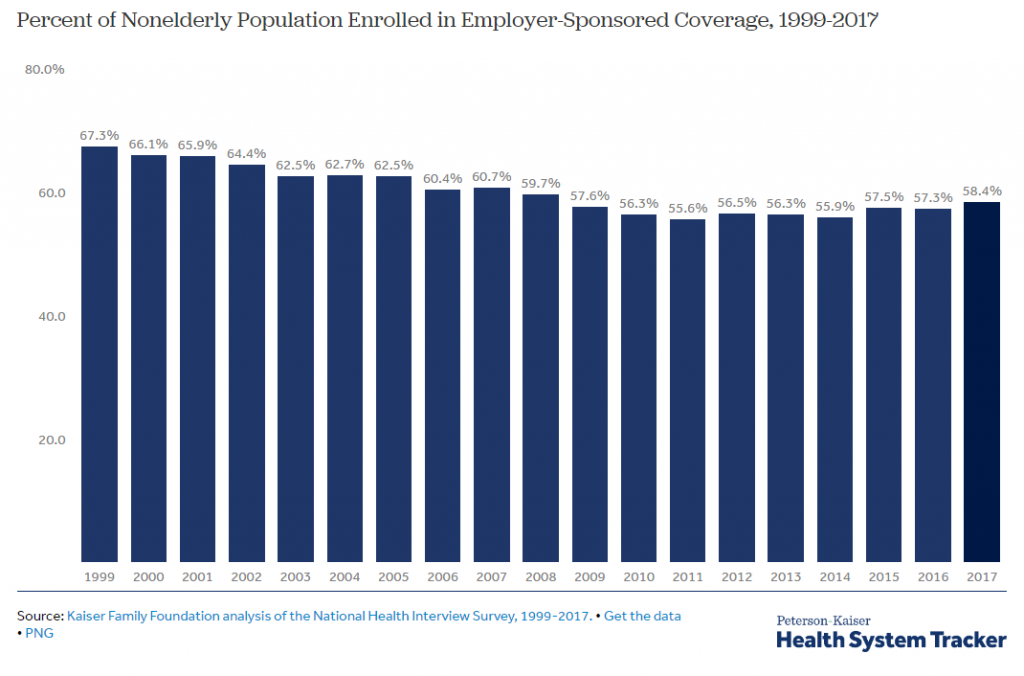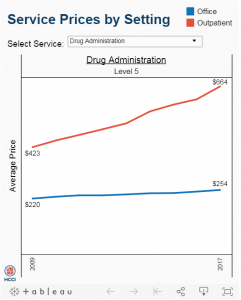State Health Policy Resources for the COVID-19 Era
State Health Policy Resources for the COVID-19 Era
M2’s focus has always been state health policy, and right now, WOW, there’s a lot of action at the state level! We pulled together a list of resources for anyone wanting to take a closer look at state actions and/or policies by state. See our list below and feel free to share additional state level policy resources you are finding useful.
- Council of State Governments (CSG) is tracking state resources and restrictions and executive orders by state
- Kaiser Family Foundation (KFF) is tracking state policy actions to address coronavirus with information in map, chart, and table form
- The Center for Connected Health Policy is tracking state telehealth coverage policies in the time of COVID-19
- Go to these CMS links for info on two popular Medicaid waivers right now:
- Section 1115 waivers by state
- Section 1135 waivers by state
- The National Conference of State Legislatures (NCSL) is also posting state health policy COVID-19 related resources, including a map showing the open/adjourned/suspended status of state legislatures
- The National Governors’ Association (NGA) is sharing their state action tracking chart via spreadsheet and PDF







